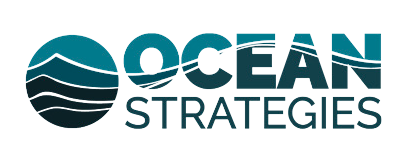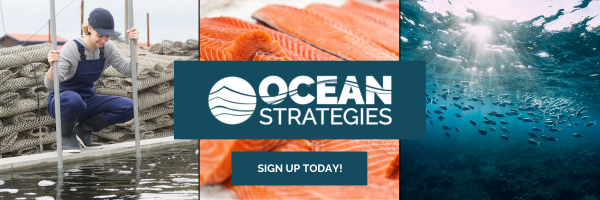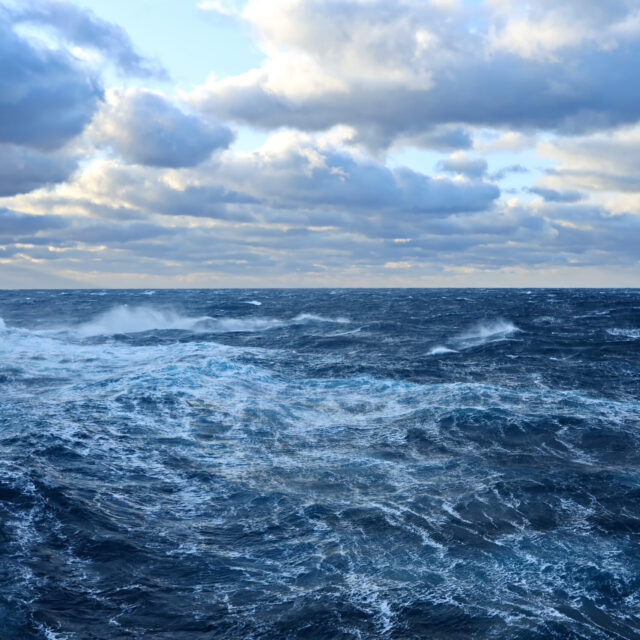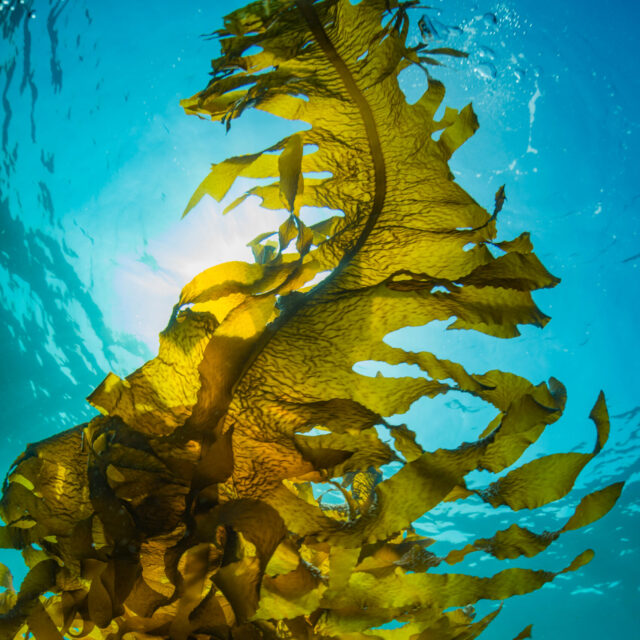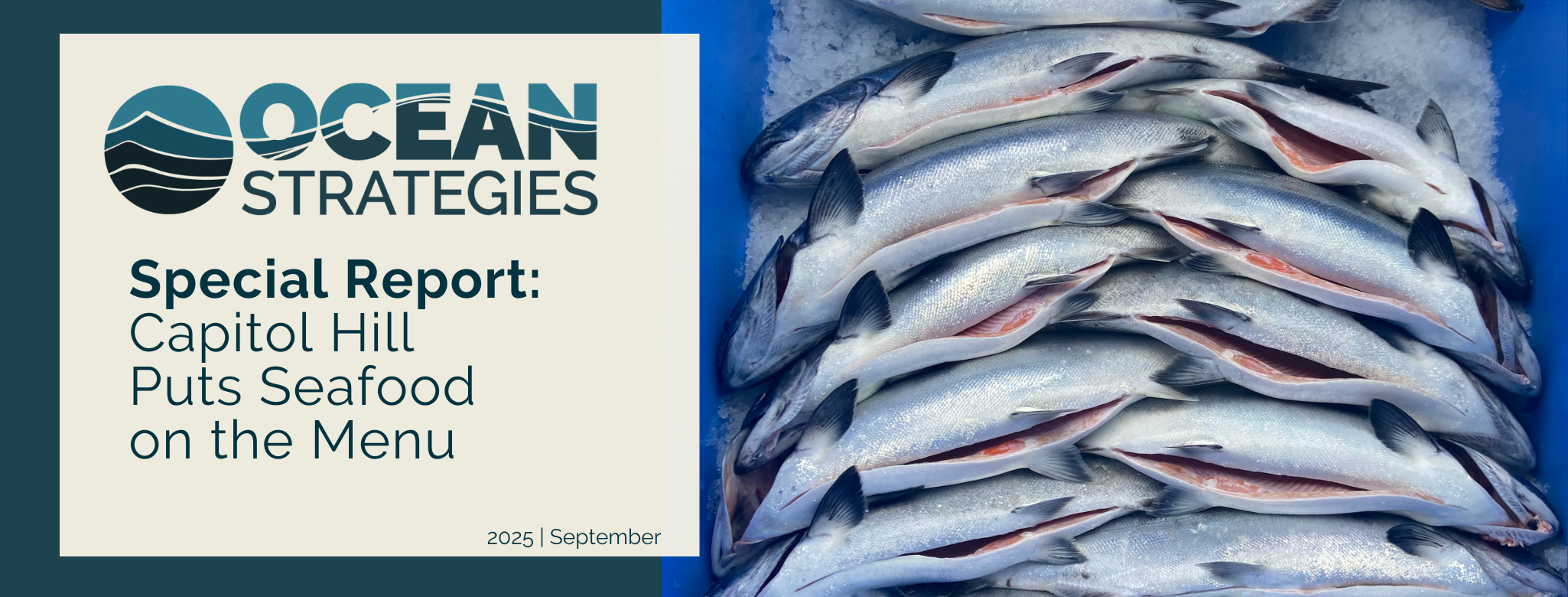
Ocean Strategies is a public affairs firm specializing in seafood, fisheries and marine resources.
This Special Report offers an analysis of recent Capitol Hill moves as lawmakers reevaluate the nation’s palate for seafood policy. From a MARA review to snapshot updates on broader federal legislation we’ve captured the conversations serving seafood in DC. Sign up here.
Included In The Report
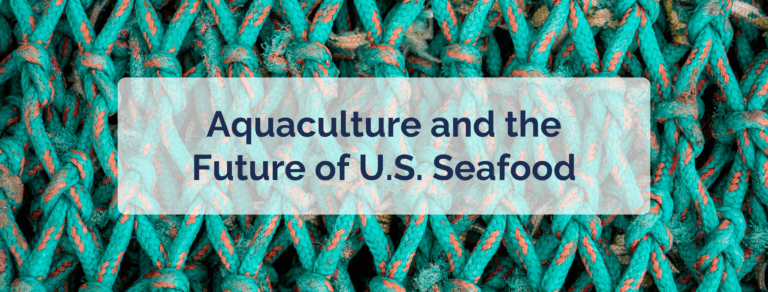
Shaping a federal vision for aquaculture alongside all seafood stakeholders
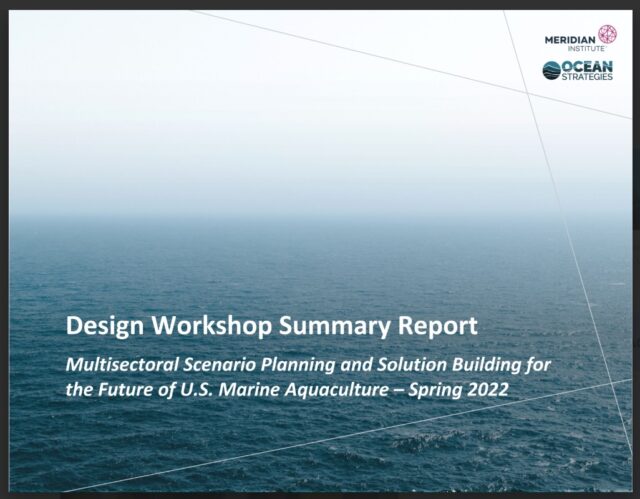
The August introduction of the Marine Aquaculture Research for America Act of 2025 (MARA) marked a time to reflect on the emerging federal priorities around seafood. Not unlike President Trump’s first term, we’ve seen Executive Orders that focus on U.S. seafood production and competitiveness, with aquaculture playing a major role in the vision for success. Regardless of MARA’s future, it’s a platform to examine the nation’s diverse priorities around fisheries and seafood: how to include them, balance them, and land on good policy that serves food production, ecosystem stability, and the ongoing success of our existing fishing industry.
In 2022, we completed a project alongside Meridian Institute, assessing stakeholder views on aquaculture, and strategies for balancing those views effectively. Those strategies outline principles of collaborative development and implementation that can apply to policy, siting, infrastructure, or marketplace. We used those findings to assess some of MARA’s major components, and their intersection with other seafood initiatives.
Market development should be strategic and inclusive.
A consolidated seafood marketing campaign – inclusive of both wild-caught and farmed species – could provide uplift for the overall seafood industry.
MARA establishes a separate competitive grant program around seafood promotion, similar to the Saltonstall-Kennedy grant program, but for aquaculture only. Neither of these is explicitly geared toward general marketing campaigns, so that leaves the door open for a national seafood marketing campaign. MARA as it’s written now, however, does not move the dial toward establishing one. But it could.
There is an opportunity to invest in the trends that have contributed to overall seafood sales growth, such as product packaging innovation or labels and consumer education that build consumer trust. There are opportunities to prioritize product diversification in order to prevent oversaturating markets. We can further develop secondary or by-products – such as supplements, cosmetics, organic fertilizers – which supports full utilization of both wild and grown species.
Some of these points are addressed in MARA’s section on Centers of Aquaculture Excellence as well as the section on Studies and Reports. However, those sections would focus on Aquaculture and continue to silo the industry from its potential companions in agriculture and commercial fisheries. As long as we set aquaculture up to be a competitor rather than a collaborator, we risk creating market instabilities rather than a strategy for compounding market strengths.
Engagement across industries and communities matters, start to finish.
One of the primary takeaways from this project is that U.S. commercial fishermen range from neutral to opposed on the subject of finfish aquaculture — with some caveats — and are generally supportive of unfed aquaculture development (i.e. shellfish and kelp).
Neutrality, however, is very different from support. Achieving the kind of industry-wide collaboration and synchronization that would make aquaculture expansion successful and sustainable, requires input from and respect between working waterfront stakeholders across the country.
MARA comes to the table under clear tension among those stakeholders. The Keep Finfish Free Act — reintroduced in late April — proposes requiring Congressional approval for commercial aquaculture facilities in federal waters and shines a spotlight on an important gap in MARA’s structure – the opt-out. Alaskans specifically have been asking for the inclusion of a state-level opt-out in any federal aquaculture bill to preserve sovereignty over fish habitats and the integrity of existing fisheries, and prevent potential environmental and economic impacts of offshore aquaculture. MARA’s lack of this option has propelled strong opposition from community-based fisheries organizations like the Alaska Marine Conservation Council (AMCC). While other organizations have been quick to focus on MARA’s benefits, like in this release from Stronger America Through Seafood; starting the conversation without an opt-out provision sets MARA back several steps in terms of stakeholder trust.
Bring stakeholders together around infrastructure goals.
MARA establishes a Working Waterfront Preservation Program, a grant program designed to support coastal communities and businesses. It mirrors components of the Keep America’s Waterfronts Working Act, a bipartisan bill introduced in the House in March by Reps. Chellie Pingree (D-ME) and Rob Wittman (R-VA) That bill is helping to shape a national working waterfront vision alongside the Senate’s Working Waterfronts Act of 2025, introduced by Senator Lisa Murkowski (R-AK).
MARA’s grant program, designed to maintain infrastructure and access to America’s working waterfronts, could be a win for both wild capture and aquaculture if implemented thoughtfully. While critical to the future of our domestic seafood supply, the funding does not explicitly aid in developing working relationships and shared goals among stakeholders, especially where they may already be strained. Prioritizing that development in some portion of the program could go a long way in encouraging collaborative planning over competing project proposals. Developers in particular can help set that tone, with benefits ranging from shared knowledge and innovation to new markets and increased domestic U.S. seafood consumption. Since imports dominate the domestic market at a rate north of 85 percent, there’s almost nowhere to go but up for domestic harvesters and producers.
Prioritize long-term visioning over short-term development.
MARA prioritizes demonstration projects that are sited within Aquaculture Opportunity Areas (AOA), an important example of where public input can result in tangible outcomes. This means that priority will go to projects that are sited in locations that have been through a rigorous public comment process — one that NOAA’s Office of Aquaculture is adjusting in real time to respond to stakeholder input. (You might remember our analysis of the California and Gulf AOA processes this past January.)
Just last week, NOAA released two AOA final programmatic environmental impact statements, one for the Gulf of America and one for Southern California. We expect the AOA sites to become final with the coming publication of two “decision documents”. These assessments incorporate several years worth of stakeholder outreach and planning.
Regardless of whether MARA passes, the future of U.S. aquaculture will include federal waters, and the current administration is clearly moving in that direction. That makes active engagement in the AOA process – and any public input opportunity – essential for stakeholders, decision makers, and developers alike.
Fishermen bring centuries of experience in navigation, gear, and ocean systems; aquaculture operators bring expertise in broodstock, disease management, site planning, and gear innovations. Together, this convergence of traditional knowledge and modern science can drive a stronger, more resilient seafood sector. The challenge – and opportunity – is shaping a long-term vision that reflects the diverse needs of coastal communities and positions U.S. seafood growth.
As we follow the bill’s progress on the Hill, we will be tracking industry engagement and suggested changes, like state-level opt-out (and what that looks like for a federal bill and federal waters), clarification on some of the terms of the bill, adjustments to agency oversight to streamline responsibilities between the departments of Agriculture and Commerce, and more.
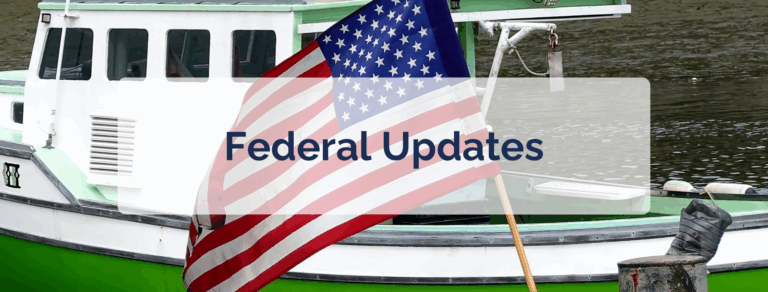
In addition to MARA, we are watching the slate of fisheries and seafood legislation introduced this summer.
NOAA Fisheries Budget
Earlier this month, the U.S. House of Representatives released a proposed budget that cuts NOAA Fisheries funding by about 40%, while the Senate’s proposal stays near the most recent funding level. This is just one of many gulfs between the Chambers that are stalling progress on federal fiscal commitments.
Emily Petrolia of ESP Advisors hosted a discussion with former NOAA Budget Director John Potts to discuss the agency’s budget for FY25 in broad strokes, and how unprecedented circumstances may or may not set the stage for more budgetary constraints on the agency for next year.
Government Shutdown Nerves
The U.S. Congress has until September 30 to pass a budget and avoid a shutdown. As that date nears without a solution on the books, federal agencies are brushing off contingency plans. A very limited array of duties are deemed essential and continue through a shutdown. There isn’t a formal public process for providing input on those plans, however, providing stakeholder input to NOAA/NMFS staff on what critical services most impact them could be helpful.
Seafood EO Open for Comment
Following the House hearing on President Trump’s Executive Order on Restoring American Seafood Competitiveness, NOAA Fisheries is taking public comment on the EO until Tuesday, Oct. 14, 2025. The agency will host two virtual listening sessions on Thursday, Sept. 25 and Wednesday, Oct. 1, from 4:30-5:30 PM EST.
Fishing and seafood industry members, technology experts, marine scientists, and other members of the public are invited to share input on how to improve fisheries management and science, as outlined in the EO. Comments may be submitted via email to nmfs.seafoodstrategy@noaa.gov or during a public listening session.
Farm Bill or Bust?
The looming likelihood of a federal shutdown is becoming an annual tradition around passage of the Farm Bill (a.k.a. the Agriculture Improvement Act) since the last one was passed in 2018. Funding for many of the bill’s programs are extended year to year, and they expire at the end of September. We published our own skinny on the Farm Bill last August, and we’re still hoping for more support of the aquaculture and seafood provisions with the goal of ensuring they are kept in the final bill.
Young Fishermen’s Development
A September hearing of the House Natural Resources Subcommittee on Water, Wildlife and Fisheries included testimony on the Young Fishermen’s Development Act, which has since passed out of committee.The bipartisan workforce development initiative aligns with the goals in the president’s executive orders focusing on Seafood and Skilled Trades. It is also widely supported by the industry after its initial passage in December 2020. A reauthorization would fund the development program for five more years. Testimony was broadly supportive of the bill, with the most significant hurdle being where the program might be housed moving forward. It is currently managed by the National Sea Grant College Program, which was not included in the president’s passback budget.
Salmon Habitat Restoration
The House Natural Resources hearing — which did not include testimony by any representatives from NOAA — also covered the Defending our Dams Act, which proposes ending data collection and studies on potential removal of or modifications to the dams around the Columbia River Basin. Shannon F. Wheeler, the chairman of the Nez Perce Tribal Executive Committee, testified that the bill would put us “on a course to destroy wild salmon runs.” Of 16 species of Columbia River salmon and steelhead, four are extinct, and 11 are listed as threatened or endangered.
The Digital Coast Reauthorization Act of 2025 integrates “geospatial data, decision-support tools, training, and best practices to address coastal management issues and needs… to enhance resilient communities, ecosystem values, and coastal economic growth and development.”
California Rep. Jared Huffman introduced the Magnuson-Stevens Act once again. Last passed in 2007 for a five-year authorization period, the act would ideally be reauthorized at least once a decade and is now more than a decade past due, despite Huffman’s efforts to gather industrywide feedback through in-person listening sessions in 2019 before overhauling the act based on robust stakeholder input.
Here is a list of links to our most recent policy reports. You are always able to find them on our Ocean Pulse Blog. If you’d like to receive them directly, just sign up here.
